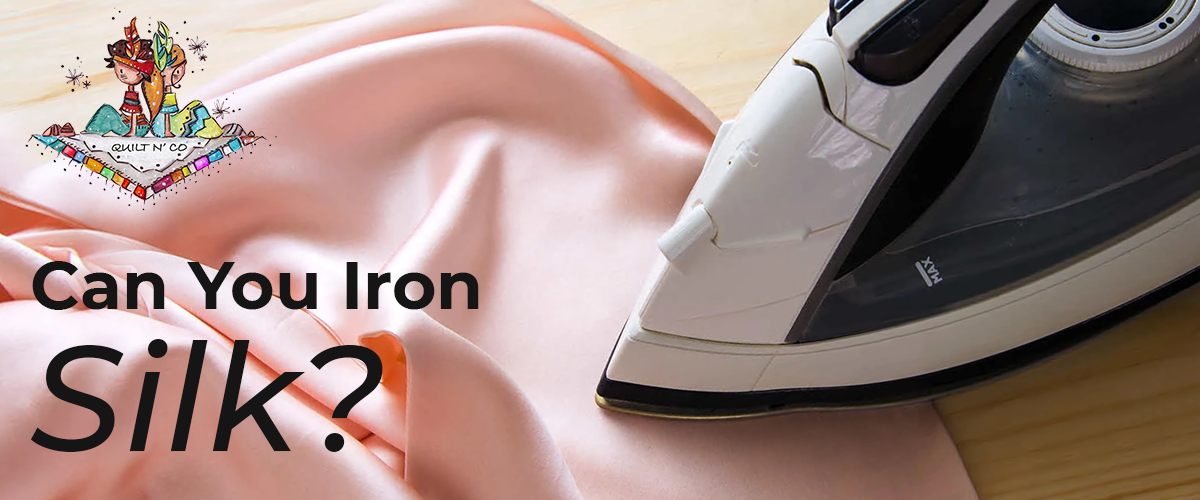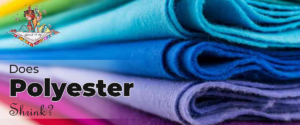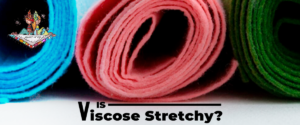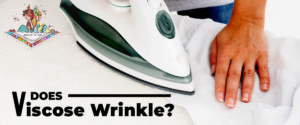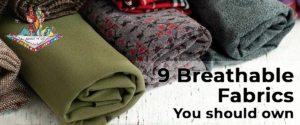Ironing silk is no easy task. It can lead to irreparable damage. It can melt the fabric and create stains.
Don’t worry. I’ve got you covered.
While daunting, ironing silk is not an impossible task. With the right tools and techniques, you can make your silk wrinkle free again. In this post, we’ll go over everything you need to know about ironing silk. So you can relax and enjoy your wrinkle-free silk any day.
Let’s get started.
What Happens If You Iron Silk?
Silk is very vulnerable to heat. Ironing it can lead to irreparable damage. It can melt the fabric and create stains. To avoid damage, iron your silk while it’s still damp. Use a press cloth when you can.
You should also iron using the lowest heat setting. Some irons have a heat setting specifically for silk. Use this setting when you can.
Step By Step Tutorial
It can help prevent any damage to the fabric, as the moisture helps the iron glide smoothly over the surface of the silk. Another option is to use a spray bottle to keep the fabric moist as you iron. This will also help prevent damage and ensure a smooth finish.
This will protect the outer surface of the clothing.
When it comes to ironing silk, one of the most important things you can do to ensure a good result is to set the correct temperature on your iron. Generally, silk should be ironed on a low to medium heat setting – too much heat can damage the delicate fabric.
- Choose the silk heat setting on your iron
- or choose the lowest heat possible
- or set to 300°F
The cloth will shield the silk from the iron. If you don’t have a pressing cloth, a clean, white cotton cloth or handkerchief will do. Using a light color is essential to avoid staining the silk.
Press the iron directly above the wrinkle and lift.
Let the fabric cool down. Don’t wear it immediately after ironing to prevent wrinkles from coming back the wrinkles.
Hang it in a dark area for at least half an hour before wearing it.
What Is The Right Temperature To Iron Silk?
Silk can tolerate up to 300 degrees Fahrenheit. Anything above will damage it. It is delicate and should be treated with care when ironing. Here are some tips to help you:
By following these simple steps, you can ensure that your silk garments and fabrics are well maintained and will last longer.
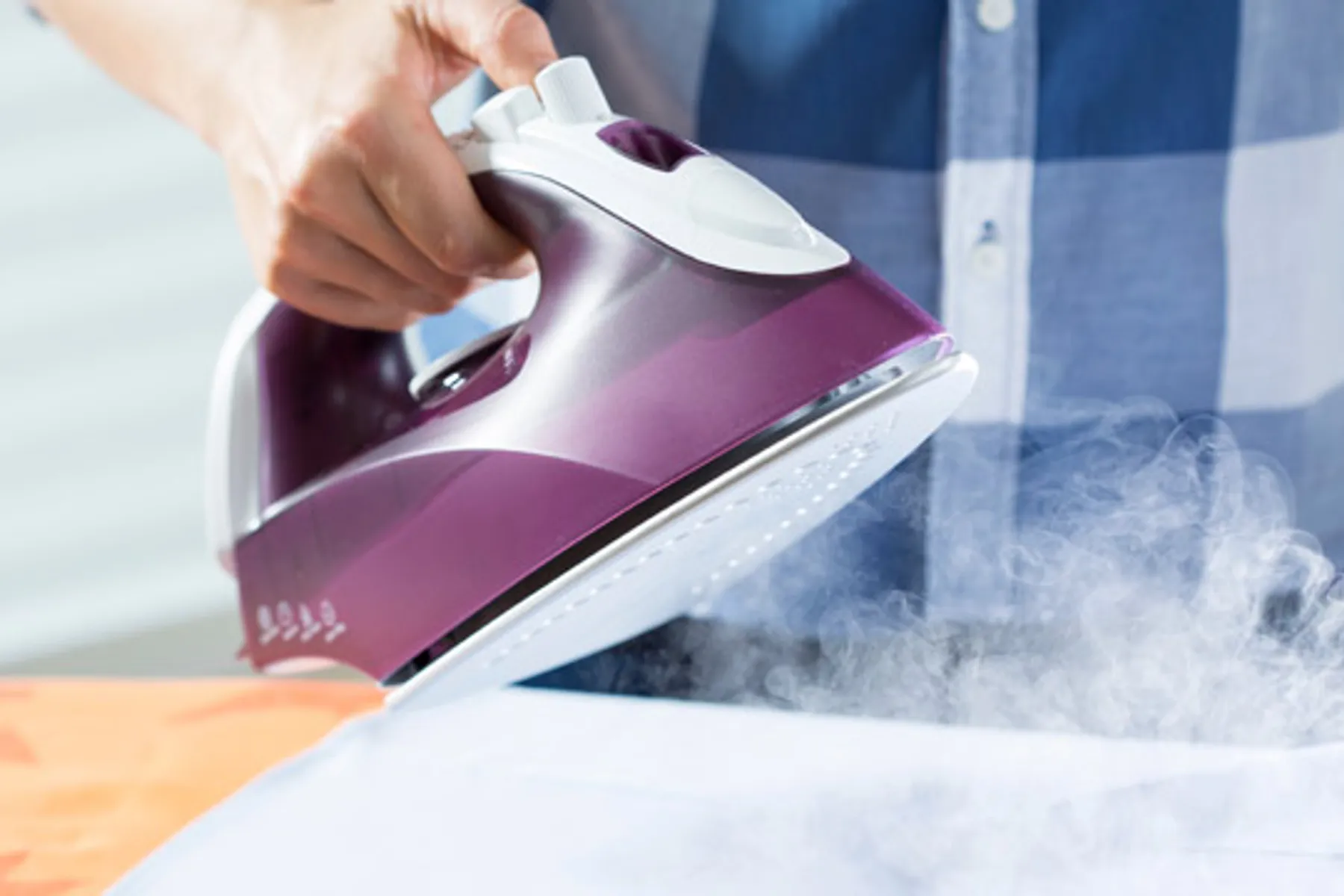
You can also hang your silk inside the shower for 15 minutes. The steam from the hot shower will be enough to remove the creases. But be careful with this technique because there’s a chance of staining your silk with water.
Can You Iron Silk When It’s Wet?
Yes you can. Actually, the best time to iron silk is when it’s still slightly damp from washing. So, after you’re done washing your silk fabric, lightly press it to remove excess water. Be gentle and avoid twisting the fabric to prevent stretching of the threads. If there is still some water left, use a towel to absorb it.
Even if your silk garment has been lying around in the closet for a while and is completely dry, you still need to dampen it before ironing. You can easily do this by pouring water into a spray bottle and sprinkling it on the silk piece. The moisture will help protect the silk and allow it to endure the heat from the iron. And make sure to use a low heat setting on your iron to avoid damaging the fabric.
What Should You Iron Silk On?
Traditional ironings board will work just fine. Also, any other flat surface will work fine as well.
Remember, the surface should not have a texture, or this will cause wrinkles as you iron.
If you’re ironing larger fabric pieces such as drapes or bedsheets, consider placing your ironing board next to a flat surface. This will allow you to feed the ironed fabric onto the table. You can also buy a wide ironing board to work with some of this.
Remember that when you are ironing, you need to place a pressing cloth. The pressing cloth will protect your silk from high temperatures.




What Setting To Use When Ironing Silk?
When ironing silk you should use your silk setting or set your iron’s temperature to 148 °F. Not all irons have the silk fabric selection when ironing or an adjustable temperature.
So what do you do?
Don’t worry, as an alternative you can use the wool or polyester settings in your iron. Wool and Polyester typically use temperatures very similar to a silk setting.
Steaming Vs Ironing Silk
Pros And Cons Of Steaming Silk
Pros And Cons Of Ironing Silk
How To Remove Wrinkles On Silk Without Ironing?
Can You Iron Silk Using The Dryer?
Yes. But it’s not ideal. Your dryer produces too much consistent heat, which places your silk at a higher chance of getting damaged. If you must, make sure to put the dryer on low or no heat setting. Do not tumble dry.
Check the fabric occasionally and when you notice that the creases are gone, remove it immediately. If your machine doesn’t have that option, I recommend skipping the dryer all together.
Can You Iron Silk Using Hair Dryer?
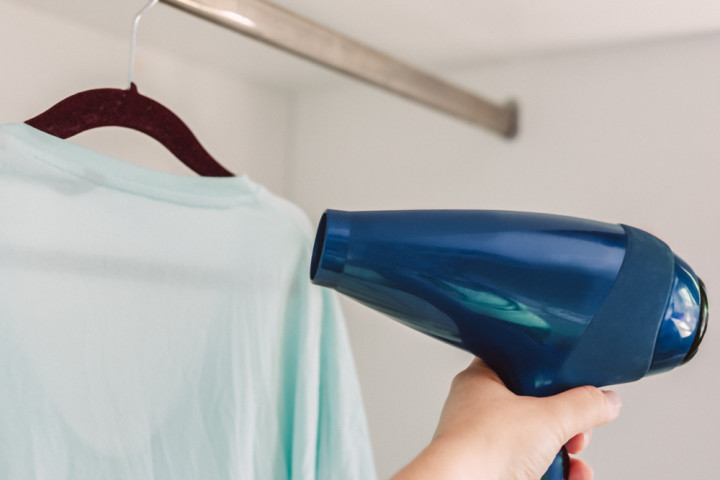
If you’re working on smaller silk pieces like scarves or shirts, this might be helpful. Hair Dryers can remove creases in a silk piece.
You might need to go over wrinkles several times before they are gone.
How Effective Is Steaming Silk?
I did say that steam works best in dealing with silk wrinkles. Similar fragile fabrics like wool can’t survive ironing, so steaming is the only way to deal with creases.
You have to be careful not to place your hands behind the fabric you’re steaming. As much as you don’t want to burn the fabric, you also don’t want to scorch your hand. Don’t steam the silk while you’re wearing it.
The effect of steam on silk depends on the proper application. If you successfully steam silk, follow these simple reminders.
How To Iron Different Silks?
Ironing Silk dresses
When it comes to ironing silk dresses, the specificity lies in their delicate nature. Unlike other types of silk, silk dresses are often adorned with embellishments, such as beading, sequins, or embroidery, that can be easily damaged by excessive heat or pressure.
Once all the creases are gone, let the dress cool first and then you can either wear or hang it.
Ironing Silk Shirts
The specificity of ironing silk shirts compared to other types of silk lies in their construction. Silk shirts are typically made from a heavier weight silk fabric than other silk garments, which can make them more structured and prone to wrinkles. Therefore, it is important to use a lower heat setting when ironing silk shirts to prevent damage to the fabric, while still effectively removing wrinkles.
Refrain from wearing it straight away. Let it cool down for several minutes.
Ironing Silk Scarves
We often fold these scarves when we travel. The problem is we want them to drape beautifully and without lines.
Ironing silk scarves requires a specific approach due to their small size and often delicate nature. The specificity of scarves compared to other types of silk lies in their thin and lightweight construction, which can make them prone to wrinkles and creases.
Let it cool down before using.
Ironing Silk Curtains
Silk curtains are usually heavy and have a lot of fabric to be ironed, which can make the process time-consuming and require a lot of care. If you let silk curtains hang long enough, the wrinkles will eventually fade on their own. But if you want to make the process faster, here are a few things you can try.
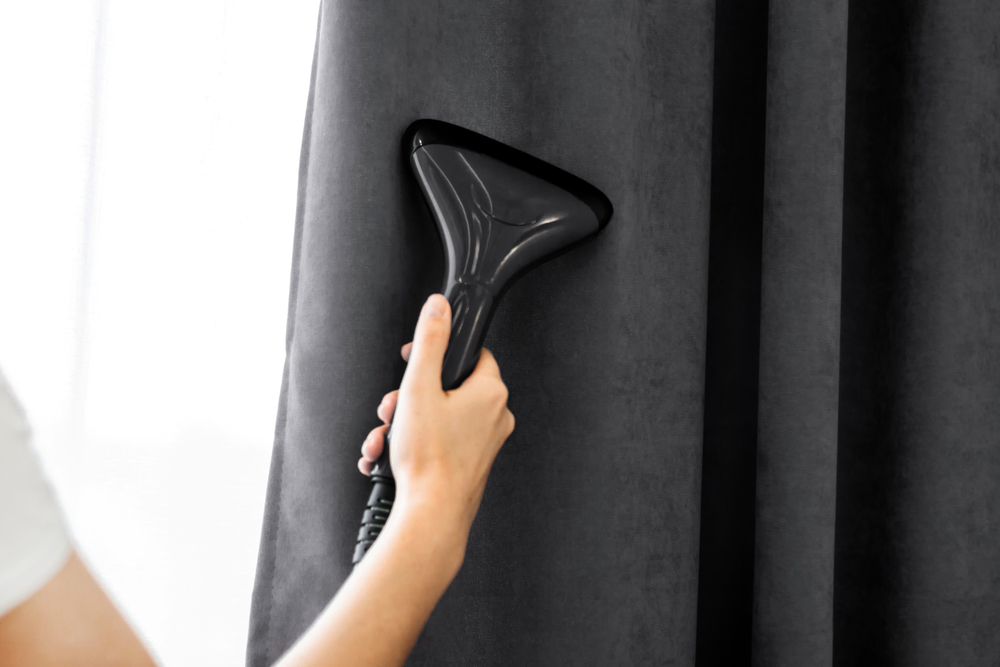
Ironing Silk Pillowcases
Ironing silk pillowcases is similar to ironing other types of silk fabric. The specificity of ironing silk pillowcases depends on the type of silk used to make them. Some silk pillowcases may have unique features or additional treatments that affect their ironing requirements.
Remember not to linger in one area to avoid burning the silk.
Ironing Silk Beddings
Ironing silk bedding requires a lower temperature and lower steam setting than other types of silk fabrics to avoid damaging the fibers. The specific care needed to iron silk bedding is important because silk bedding is typically made with a higher thread count than other types of silk fabric, making it more delicate and prone to damage.
Silk beddings will wrinkle, but they don’t need ironing at all after several washes. They also won’t wrinkle if you get them out of the dryer right after the cycle finishes. But if you want to iron this fabric :
Ironing Silk Dresses Wedding Attire
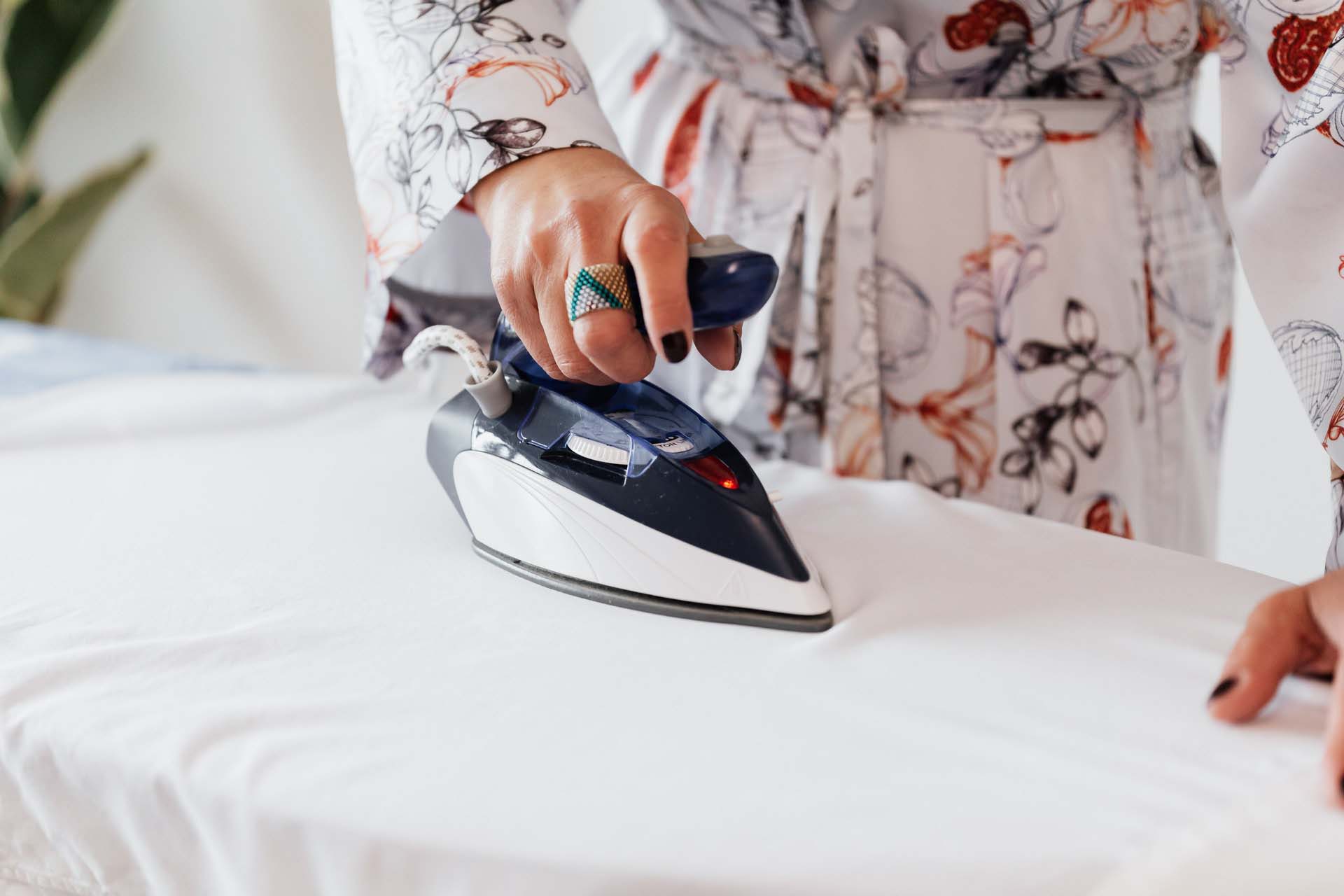
Since it’s for a one time occasion, wedding attires usually come fully pressed. But if you’re a thrifty bride or groom, chances are you don’t have someone to make the emergency wrinkles go away.
The best way to do this is to use a steamer.
Conclusion
Congratulations on making it through this long post on ironing silk!
As you’ve learned, ironing silk requires specific care and attention to detail to ensure that the delicate fibers and intricate designs are not damaged. However, with the right information and a careful approach, it is not as difficult as it may seem.
By following the tips and tricks outlined in this article, you can confidently iron your silk clothing and bedding, knowing that they will remain in top condition for years to come.
Thanks for reading!
Before you go, why not test your knowledge and see how much you remember from this post? Take our short quiz and see how well you grasp the concepts and tips for ironing silk.

